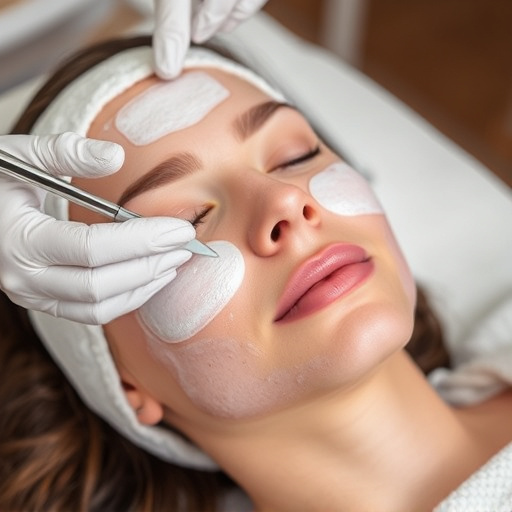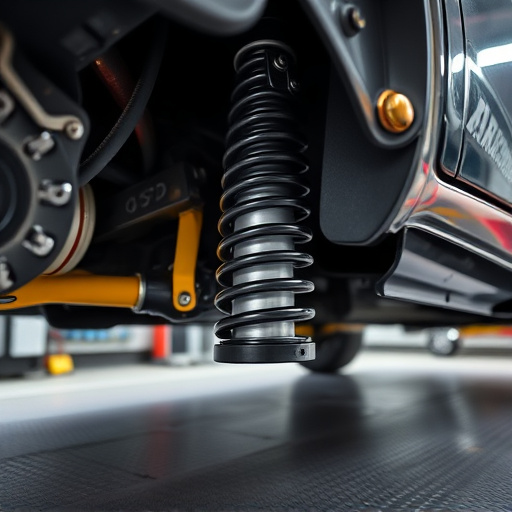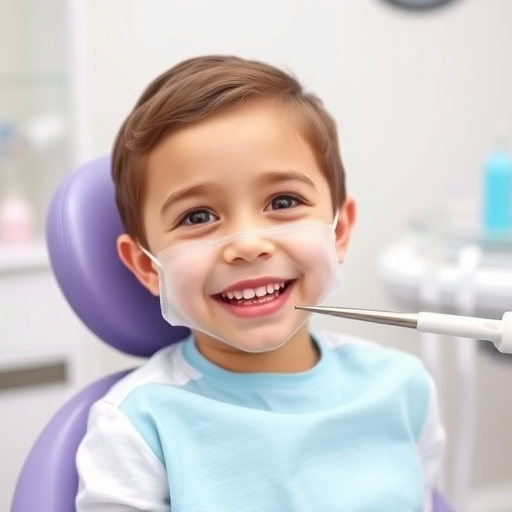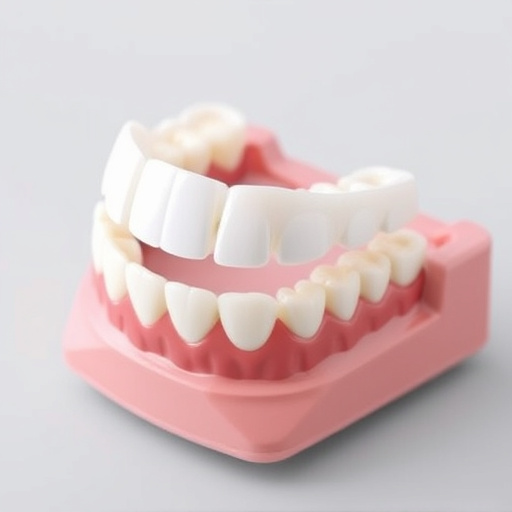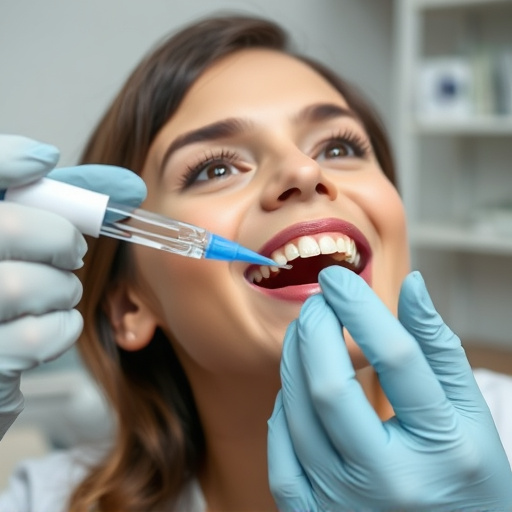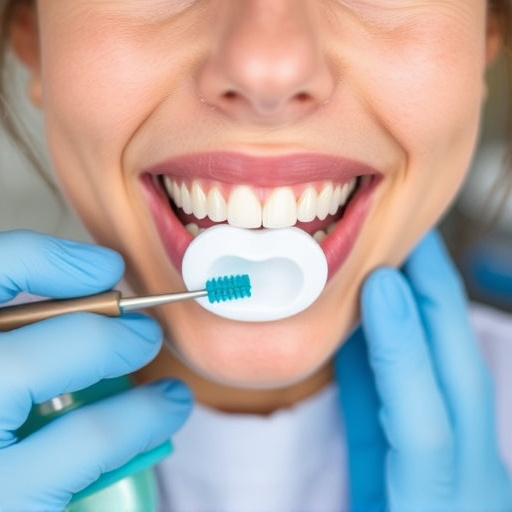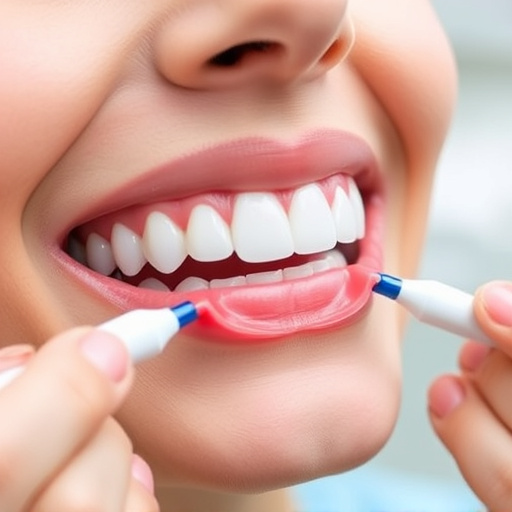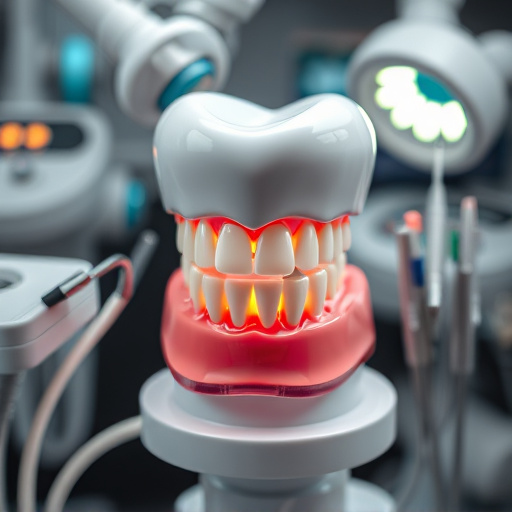Wisdom teeth removal is a common dental procedure for third molars emerging in young adults. Untreated impactions and infections are potential risks. The surgery involves anesthesia and careful extraction techniques. Post-operative care includes oral hygiene, rest, and soft diets. Proper immediate aftercare, pain management, and adherence to dental advice ensure a successful recovery, promoting healthier oral health for future procedures.
Considering wisdom teeth removal? This comprehensive guide breaks down the process and provides detailed aftercare instructions. From understanding why extractions are needed to managing pain and healing, you’ll find essential insights to ensure a smooth experience. Learn best practices for post-operative care, including cleaning, eating, and activity restrictions. By following these steps, you’ll be on track for a successful recovery.
- Understanding Wisdom Teeth Removal Process
- Aftercare: Steps for Comfort and Healing
- Managing Pain and Following Medical Advice
Understanding Wisdom Teeth Removal Process

The wisdom teeth removal process involves the extraction of third molars, which typically emerge between the ages of 17 and 25. It’s a common procedure, often recommended by general dentistry professionals, to prevent potential issues like impactions (when teeth become stuck) or infections within the mouth. During the surgery, your dentist will anesthetize the area around the wisdom teeth and then carefully remove them, either in one piece or sectioned for easier removal. This is a relatively quick procedure, but post-operative care is crucial to ensure a smooth recovery.
After the extraction, it’s essential to follow detailed aftercare instructions provided by your dentist. This may include keeping the mouth clean with gentle rinses, avoiding strenuous activities, and eating soft foods for a few days. Some patients might also be interested in exploring alternative treatments like clear aligners or cosmetic fillings as part of their general dentistry routine, although these aren’t typically required post-wisdom teeth removal.
Aftercare: Steps for Comfort and Healing

After wisdom teeth removal, proper aftercare is crucial for a comfortable healing process and to prevent complications. The first 24-48 hours are critical. Gently bite down on gauze placed over the extraction sites to control any bleeding. Keep your head elevated during rest to reduce swelling. Cold compresses can also help minimize inflammation. Avoid strenuous activities and heavy physical labor for at least a day or two, and stick to soft foods like yogurt, soups, and smoothies to avoid disturbing the surgical sites.
Additionally, it’s essential to maintain good oral hygiene by gently cleaning your mouth without agitating the extraction sites. Brush your teeth normally, but be extra careful around the removed wisdom teeth area. Avoid using straws for drinking as sucking can create a vacuum, potentially dislodging the blood clot and leading to dry socket (a painful condition). Dental bonding or tooth repair might be necessary if there are any damage or gaps left after the wisdom teeth are removed, ensuring a complete and healthy smile once again.
Managing Pain and Following Medical Advice

After wisdom teeth removal, managing pain is crucial for a swift recovery. It’s common to experience discomfort and swelling during the initial days, which can be effectively managed with over-the-counter pain relievers recommended by your dentist. Applying ice packs on the outside of your cheek can also help reduce swelling. Remember that every patient heals differently, so closely follow the medical advice provided by your dental care team.
In addition to managing pain, adhering to their instructions for aftercare is essential. This may include specific guidelines on diet, such as avoiding spicy or hard foods for a few days, and maintaining good oral hygiene around the extraction sites. While healing, be mindful of any signs of infection like increased swelling, pain, or pus, and seek emergency dental care if needed. For those considering restorative dentistry or cosmetic fillings in the future, proper wisdom teeth removal aftercare can contribute to healthier oral health.
Wisdom teeth removal is a common procedure that, with proper aftercare, can lead to a comfortable recovery. By understanding the process and following detailed instructions for managing pain and healing, you can minimize discomfort and ensure optimal results. Remember to listen to your dental professional’s advice, as they provide tailored guidance based on your specific needs. With the right care, you’ll be on track to a healthier smile.

